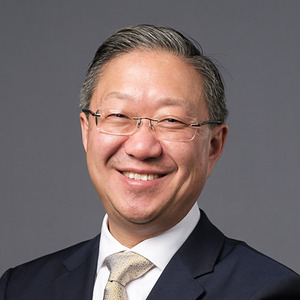Power List

Douglas Rhee
Power List Profile
Professor & Chair, Department of Ophthalmology & Visual Sciences, University Hospitals, Cleveland Medical Center, Case Western Reserve University School of Medicine, Ohio, USA
What’s been the biggest breakthrough in ophthalmology/your specific field over the last 10 years?
MIGS would seem the obvious choice as it has given so many patients more safe options – often delaying more invasive and risky traditional procedures. However, I would include that the results of the LiGHT trial provided the pivotal data that will mark an inflection point in the treatment of glaucoma. I believe that glaucoma will be treated primarily as a surgical/interventional condition rather than intervention only after medications have failed. I believe that this trend will be realized not just from the LiGHT trial data, but cost-effectiveness in the increasingly challenging economic environment of healthcare.
Is there a particular tool, technological advance, or instrument you would not have been able to live without over the past 10 years?
Goniotomy.
Do you have any strong opinions with which the rest of the field tends to disagree?
Glaucoma should be managed primarily with low-risk interventions with chronic topical medications only as a bridging or supplemental therapy as opposed to the current position of medications as the foundation of the medical management of glaucoma.
What is your prediction for where ophthalmology/your subspecialty will be 10 years from now?
Even though the healthcare system is facing seemingly unsustainable and nearly insurmountable financial challenges that could jeopardize access to care, I am optimistic that we will be able to forge a new pathway to provide vision sustaining/restorative care through scientific, technologic, and care delivery innovations.
Do you have any personal missions for the next 10 years?
- In the lab, our team has endeavored to elucidate the molecular mechanisms of ocular hypertension in primary open-angle glaucoma through our work with the matricellular protein SPARC with the hopes of realizing truly disease modifying/interrupting therapy.
- Using well founded clinical and scientific evidence, revise care delivery practices to enhance the financial viability and sustainability of our field with the ultimate goal of enhancing access and reducing/eliminating inequities in care.
